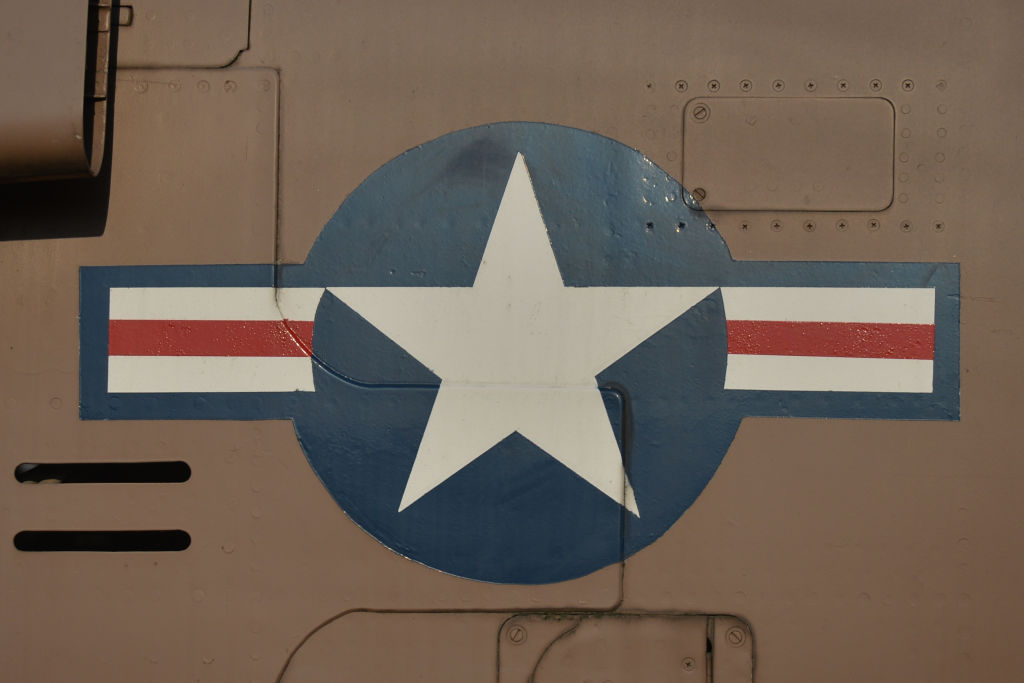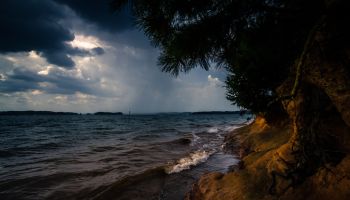PENSACOLA, Florida — BP’s top executive acknowledged Thursday the global oil giant was unprepared to fight a catastrophic deepwater oil spill as engineers were forced yet again to reconfigure plans for executing their latest gambit to control the blown-out oil well in the Gulf of Mexico.
BP PLC planned to use giant shears to cut a pipe a mile (1,500 meters) below the sea after a diamond-tipped saw became stuck halfway through the job, another frustrating delay in six weeks of failed efforts to stop or at least curtail the worst oil spill in U.S. history. The government’s point man for the disaster, Coast Guard Adm. Thad Allen, said on NBC television that the cut would be made later Thursday.
Text continues after gallery …
Once the riser pipe is cut, BP hopes to cap it and start pumping some crude to a surface tanker, which would reduce but not end the spill. The next chance for stopping the flow won’t come until two relief wells meant to plug the reservoir for good are finished in August, after an effort to staunch the gusher with heavy mud failed Saturday.
BP Chief Executive Tony Hayward told The Financial Times it was “an entirely fair criticism” to say the company had not been fully prepared for a deepwater oil leak. Hayward called it “low-probability, high-impact” accident.
“What is undoubtedly true is that we did not have the tools you would want in your tool-kit,” Hayward said in an interview published in Thursday’s edition of the London-based newspaper.
The latest attempt to control the spill, the so-called cut-and-cap method, is considered risky because slicing away a section of the 20-inch-wide (51-centimeter-wide) riser could remove kinks in the pipe and temporarily increase the flow of oil by as much as 20 percent.
Oil drifted perilously close to northwestern Florida’s popular sugar-white beaches, and crews on the mainland were doing everything possible to limit the catastrophe.
The Coast Guard’s Allen directed BP to pay for five additional sand barrier projects in Louisiana. BP said Thursday the project will cost it about $360 million, on top of about $990 million it had spent as of its latest expense update Tuesday on response and clean up, grants to four Gulf coast states and claims from people and companies hurt by the spill.
As the edge of the slick drifted within seven miles (11 kilometers) of Pensacola’s beaches, emergency workers rushed to link the last in a miles-long chain of booms designed to fend off the oil. They were slowed by thunderstorms and wind before the weather cleared in the afternoon.
Forecasters said the oil would probably wash up by Friday, threatening a delicate network of islands, bays and white-sand beaches that are a haven for wildlife and a major tourist destination.
“We are doing what we can do, but we cannot change what has happened,” said John Dosh, emergency director for Escambia County, which includes Pensacola.
The effect on wildlife has grown, too.
The U.S. Fish and Wildlife Service reported 522 dead birds — at least 38 of them oiled — along the Gulf coast states, and more than 80 oiled birds have been rescued. It’s not clear exactly how many of the deaths can be attributed to the spill.
Dead birds and animals found during spills are kept as evidence in locked freezers until investigations and damage assessments are complete, according to Teri Frady, a spokeswoman for the National Oceanographic and Atmospheric Administration.
Officials said the slick sighted off Florida consisted in part of “tar mats” about 500 feet (150 meters) by 2,000 feet (600 meters) in size.
Escambia County officials set up the booms to block oil from reaching inland waterways but planned to leave beaches unprotected because they are too difficult to defend against the action of the waves and because they are easier to clean up.
Florida’s beaches play a crucial role in the state’s tourism industry. At least 60 percent of vacation spending in the state during 2008 was in beachfront cities. Worried that reports of oil would scare tourists away, state officials are promoting interactive Web maps and Twitter feeds to show travelers — particularly those from overseas — how large the state is and how distant their destinations may be from the spill.
RELATED STORIES
Obama: If Laws Were Broken On Oil Spill, People Will Be Prosecuted
BP Ramps Up Clean-Up Efforts, Tries Another Spill Fix
















